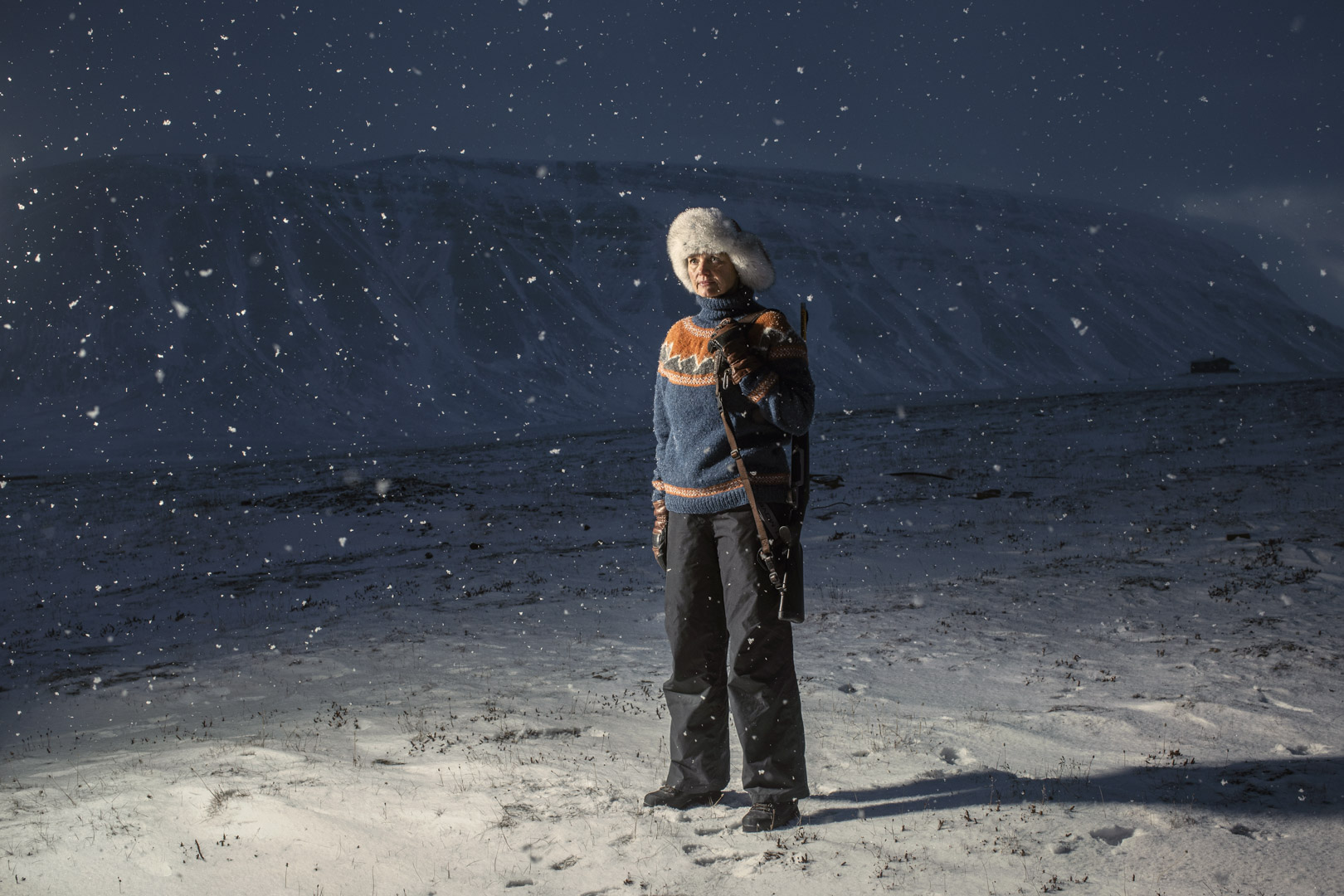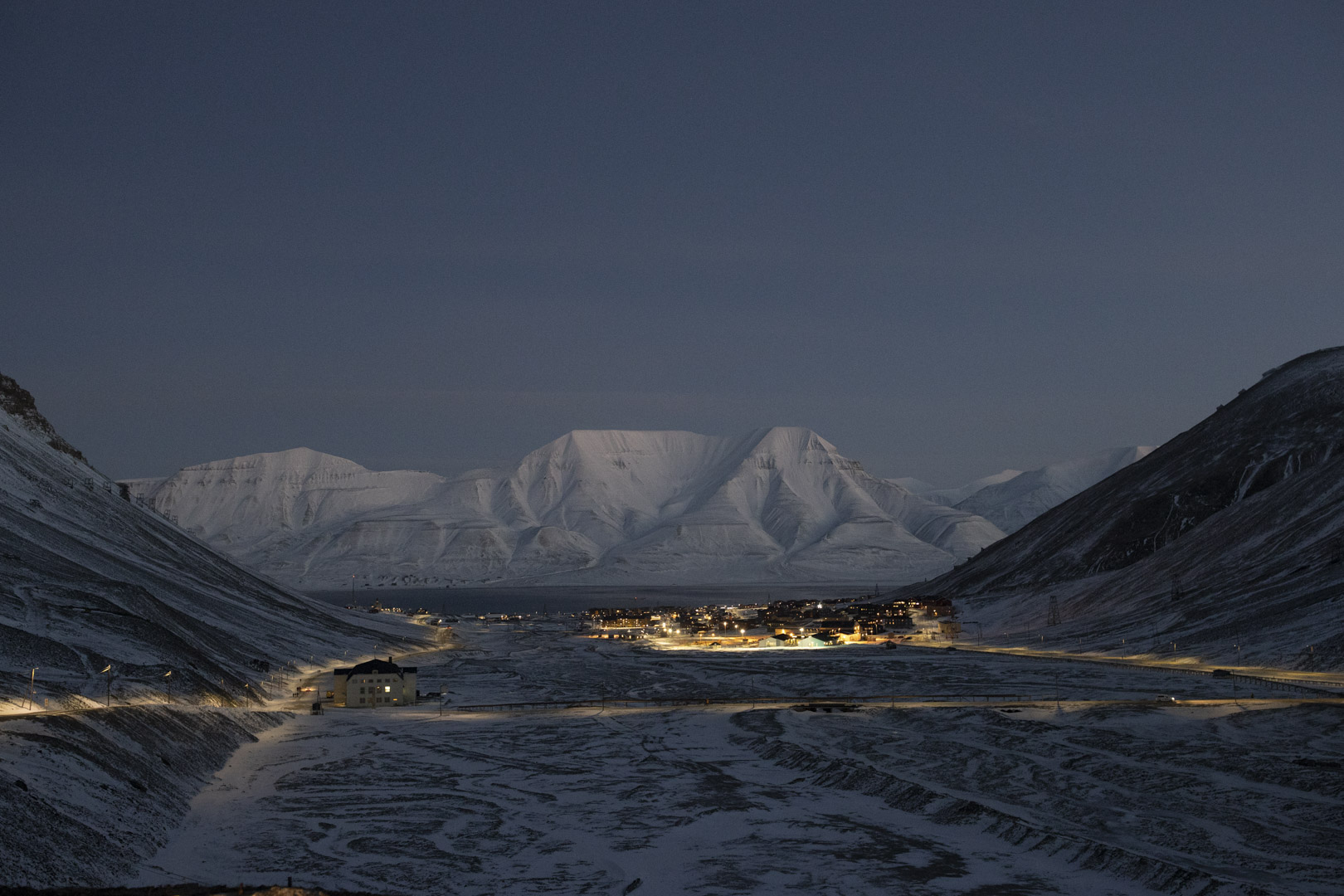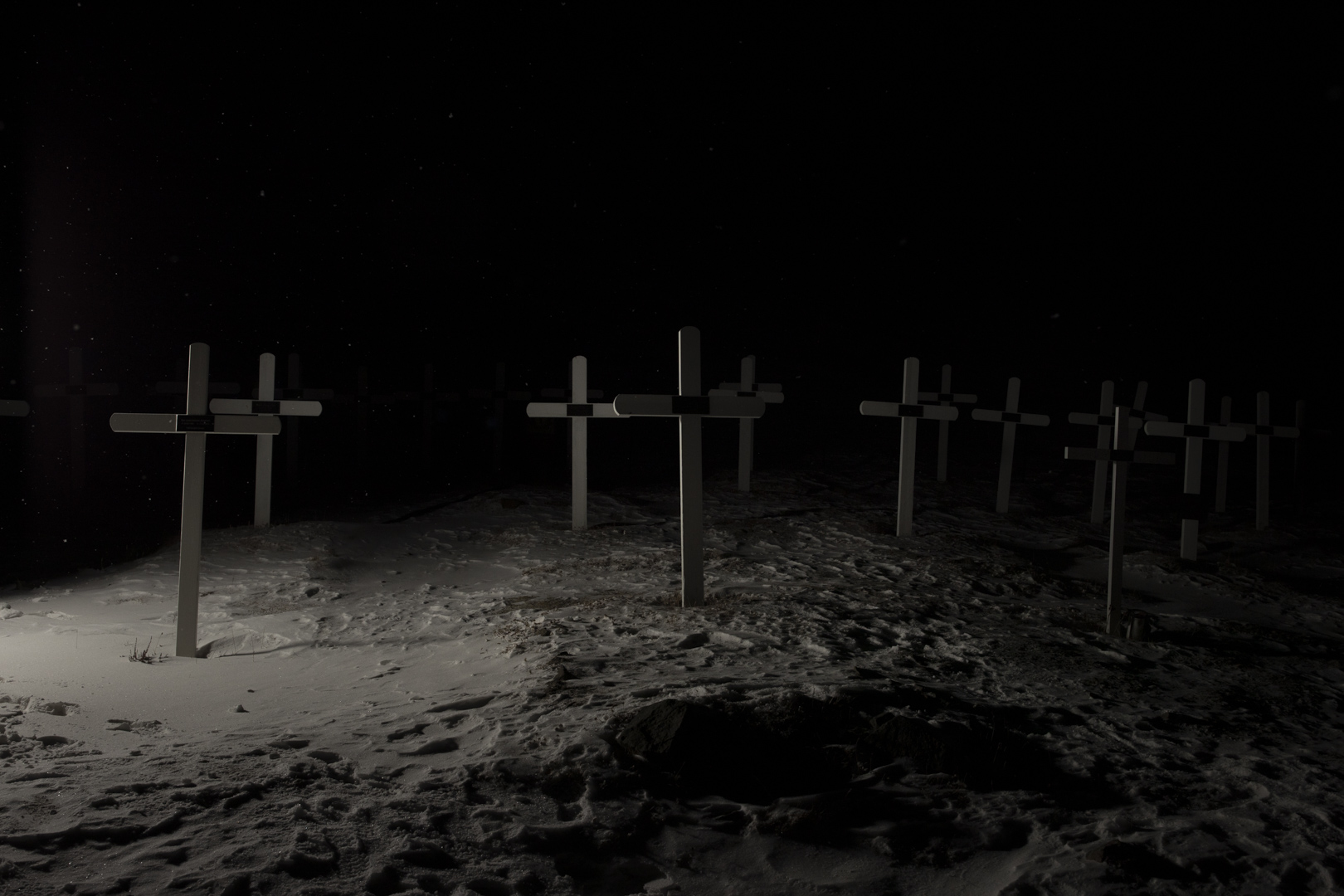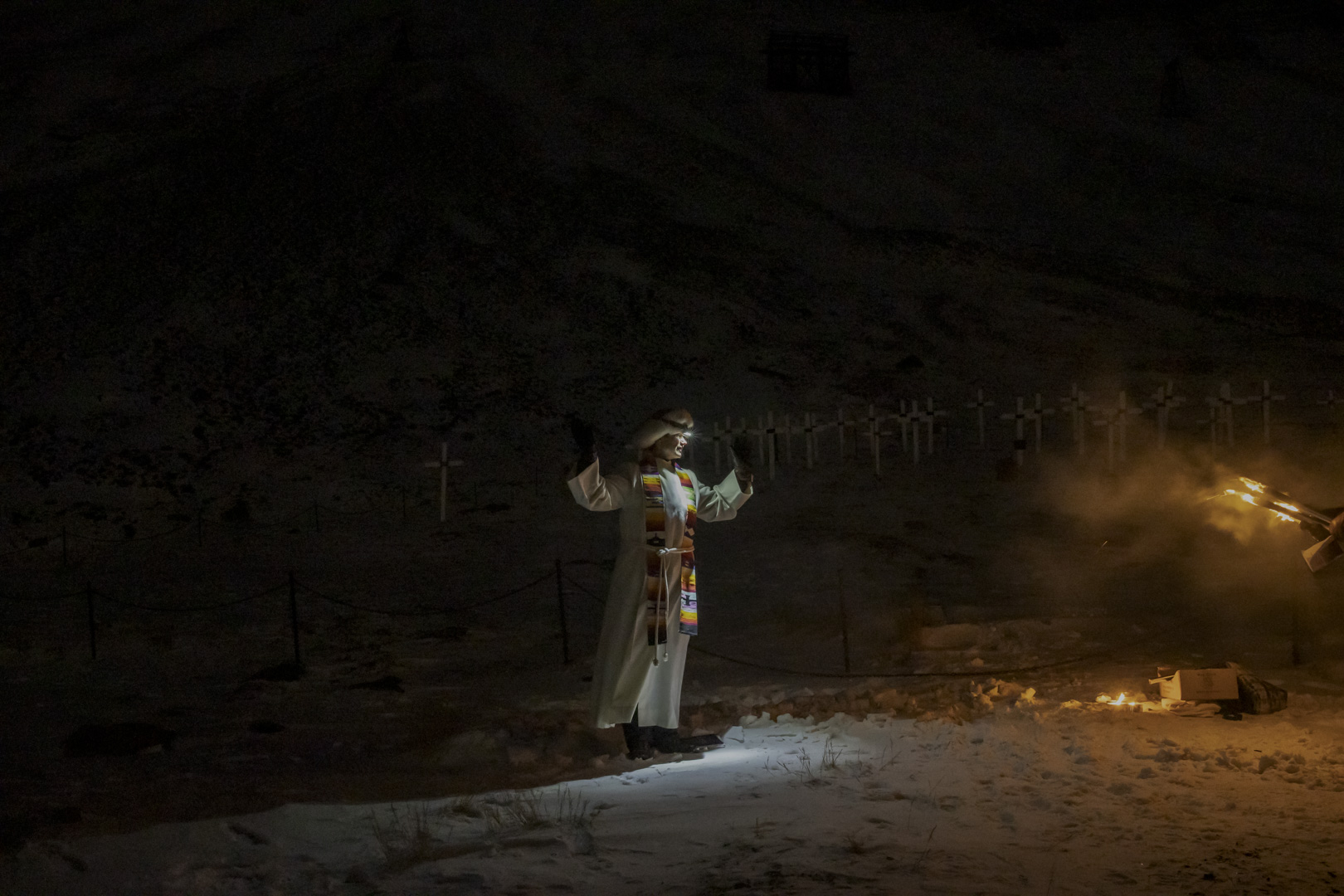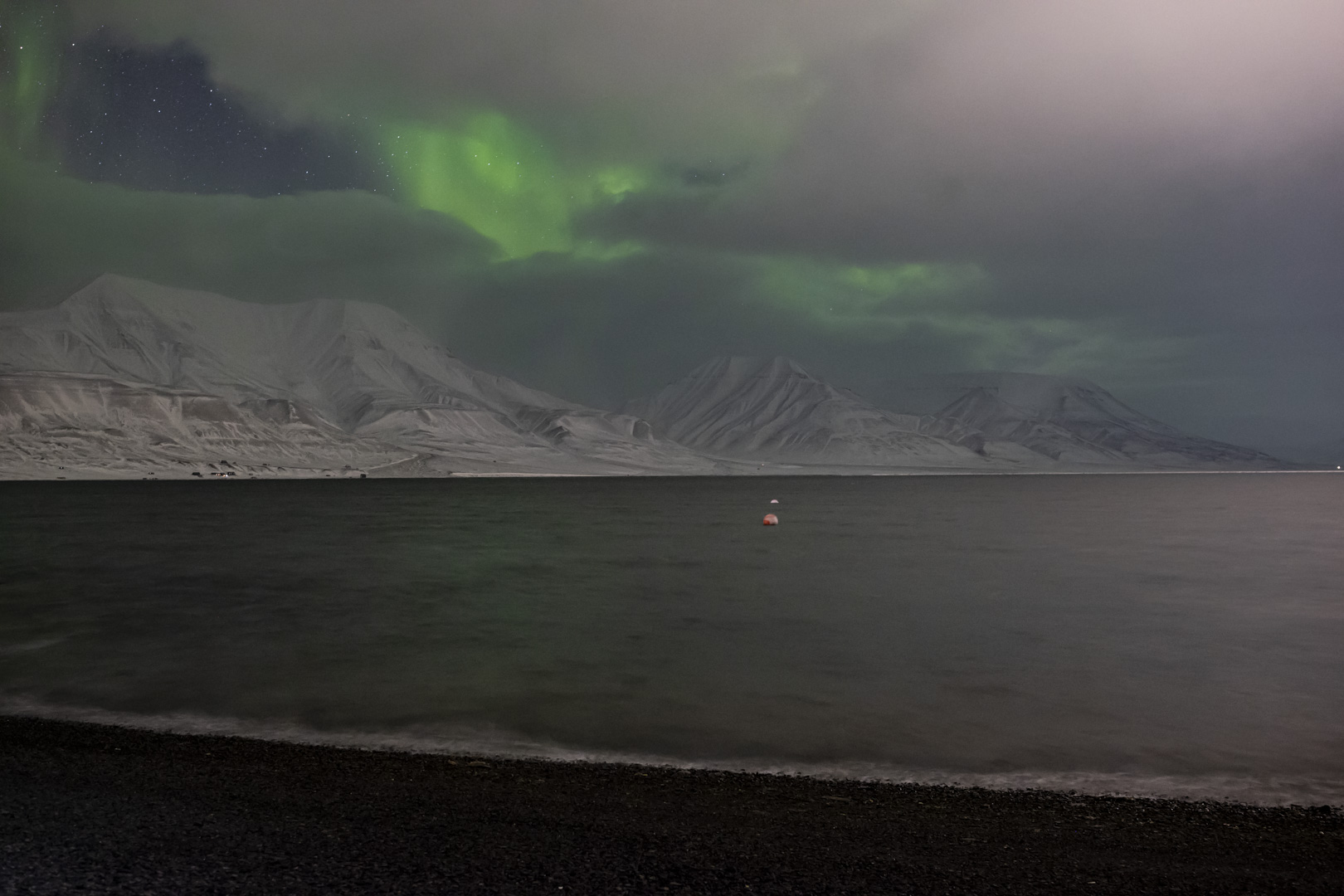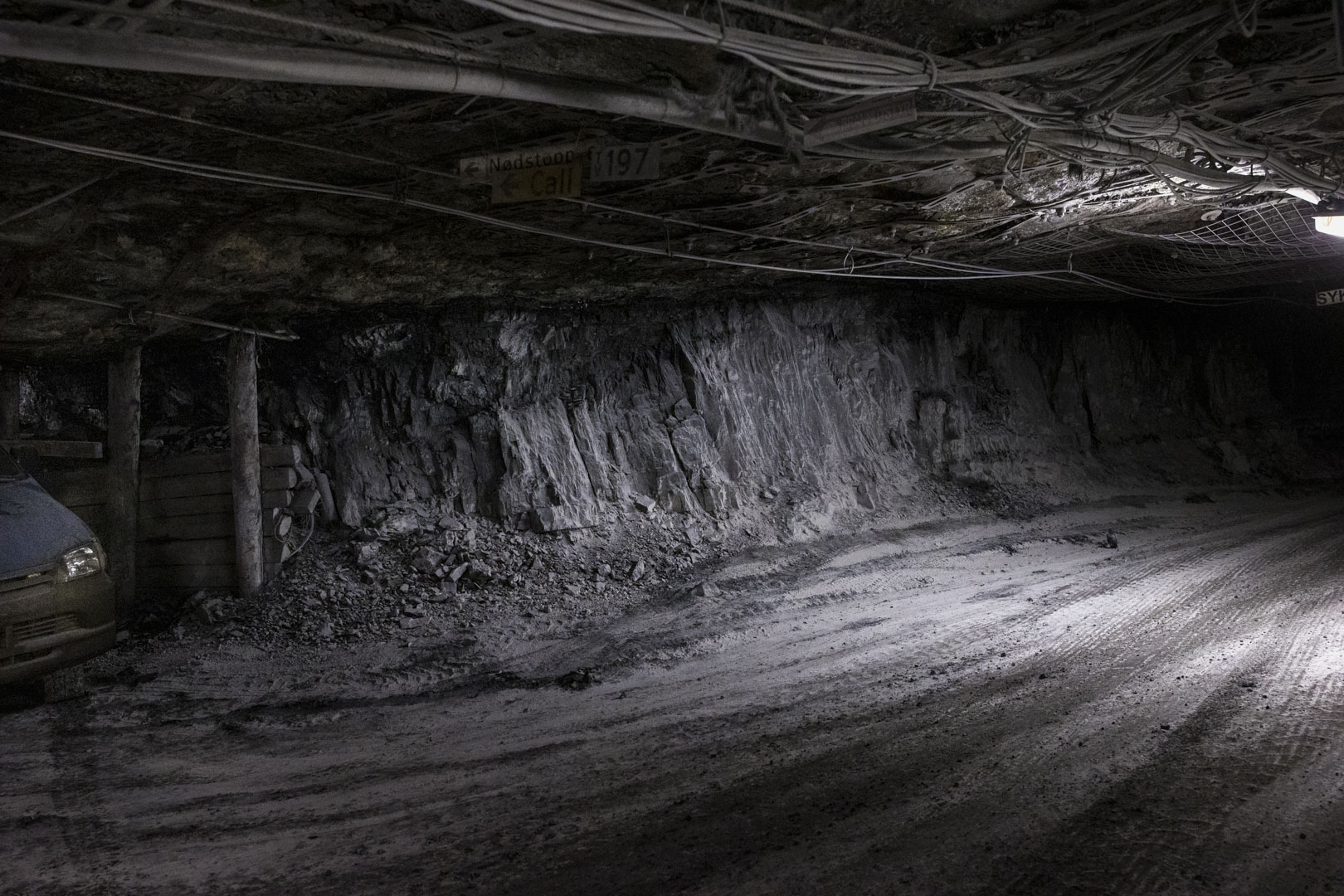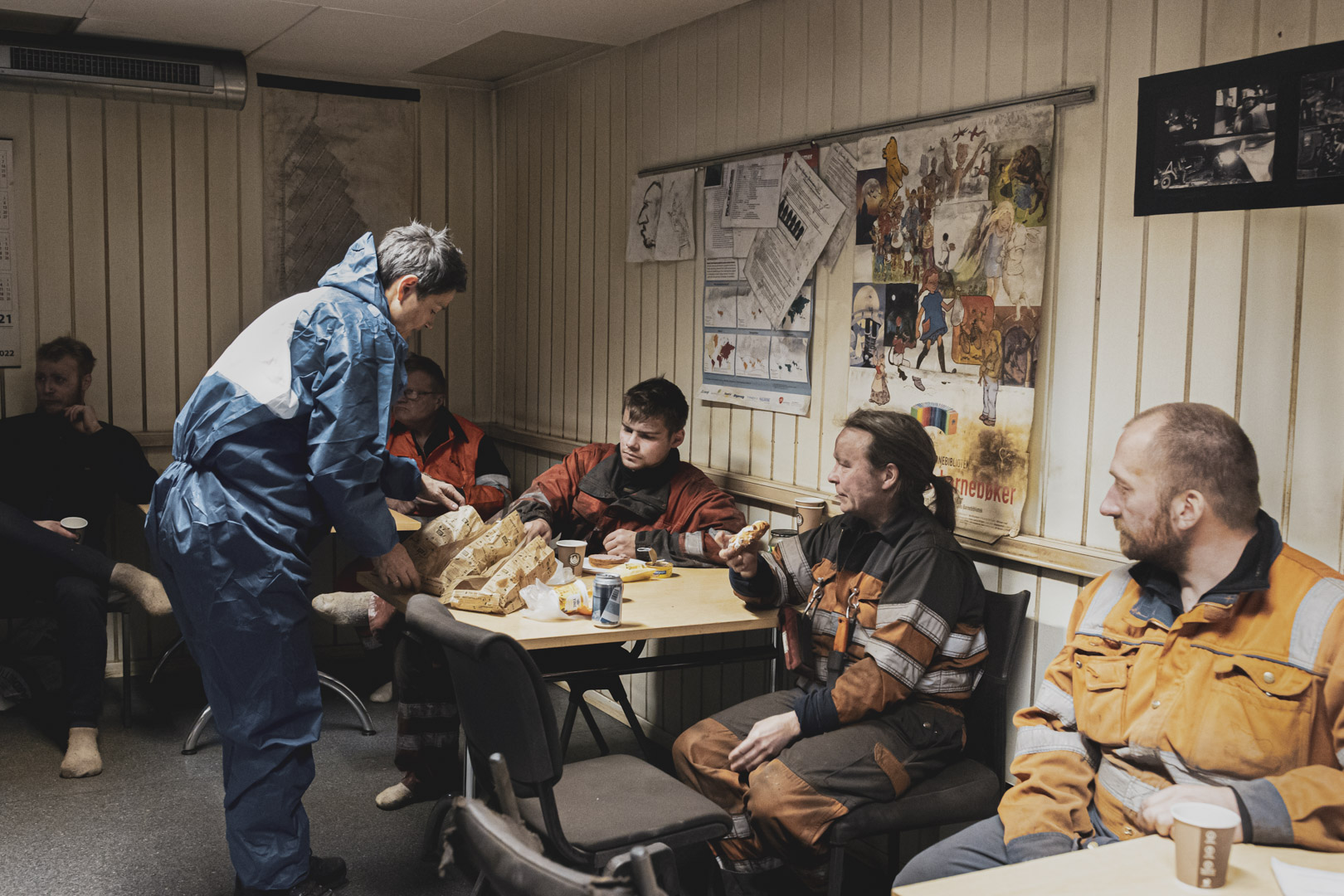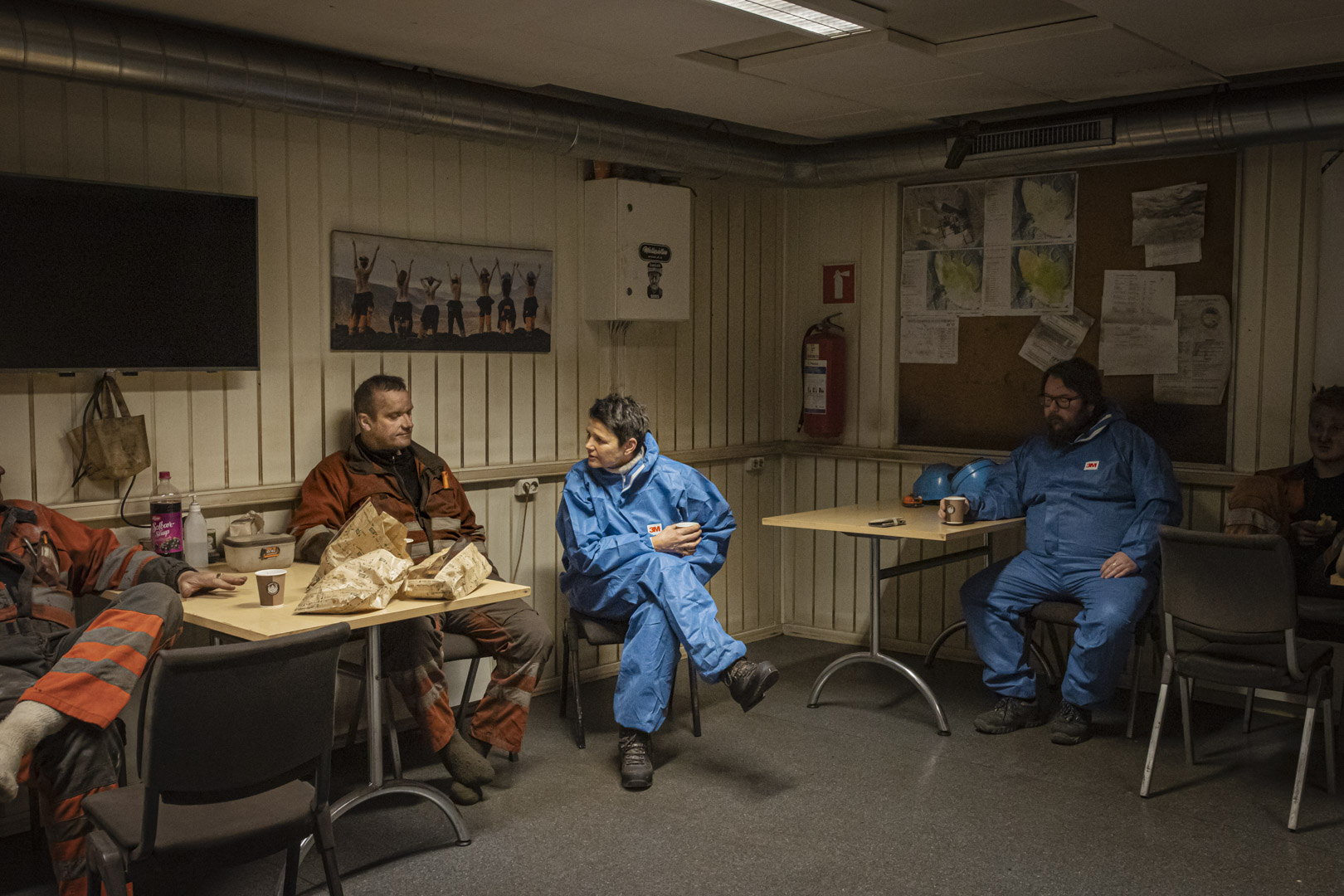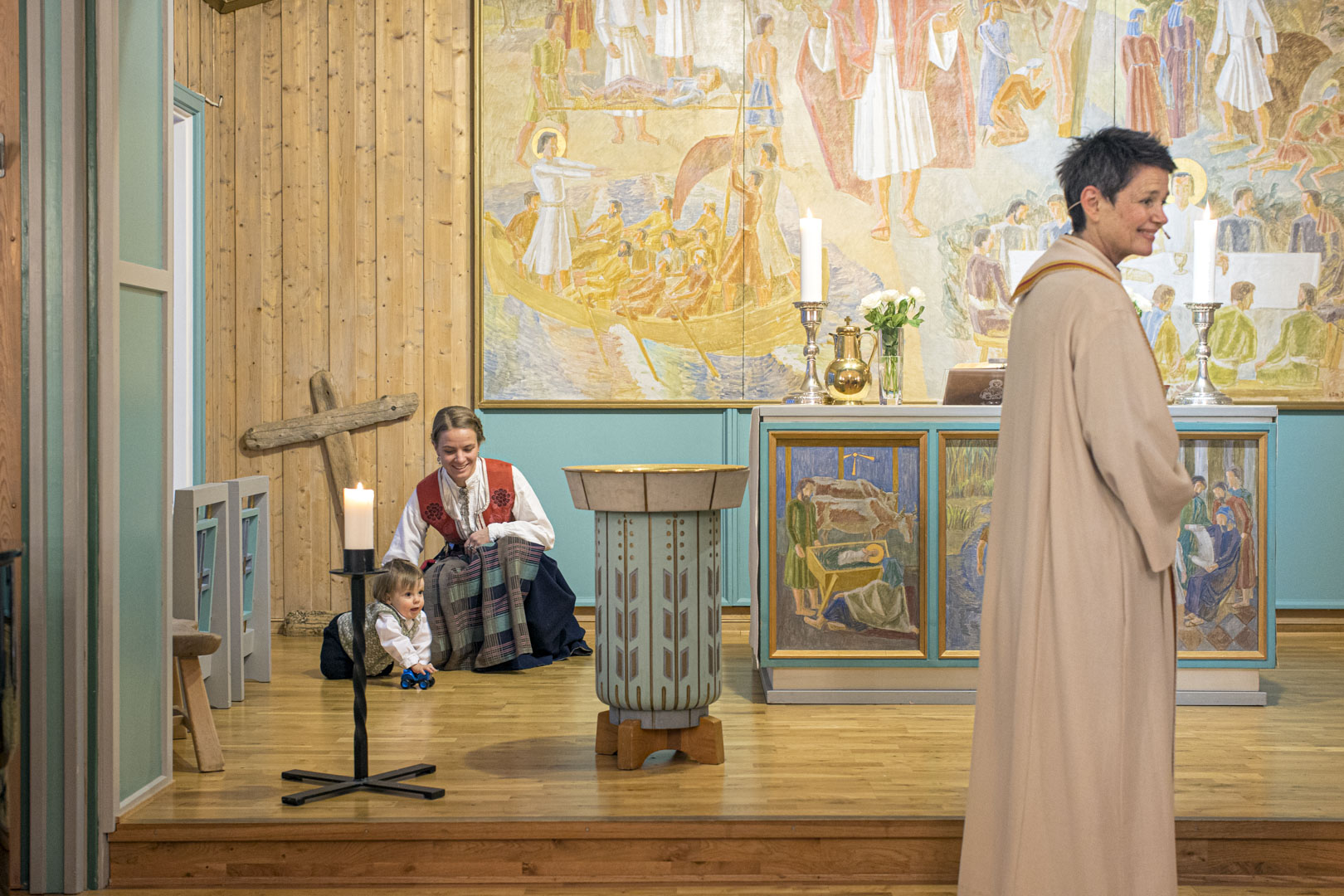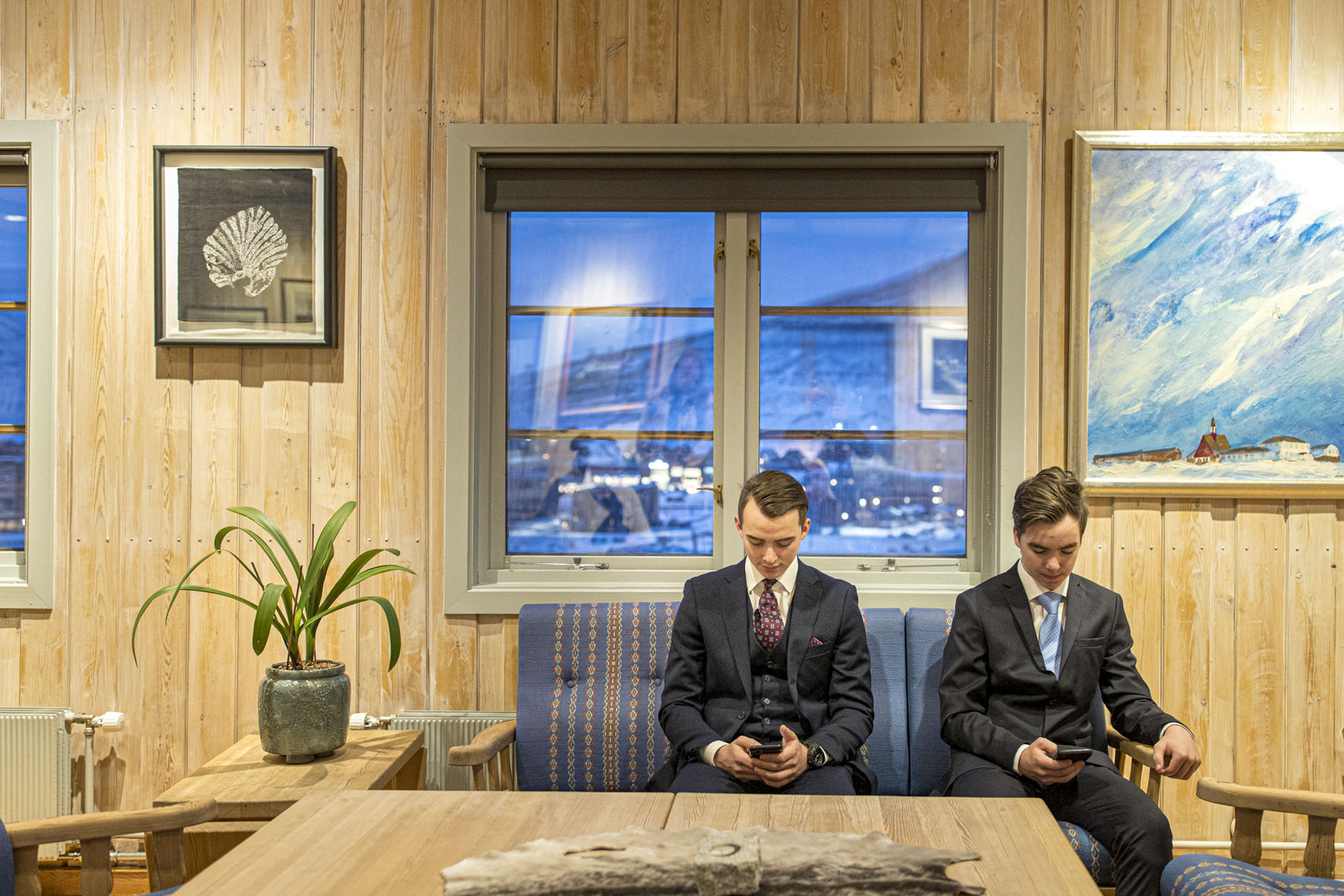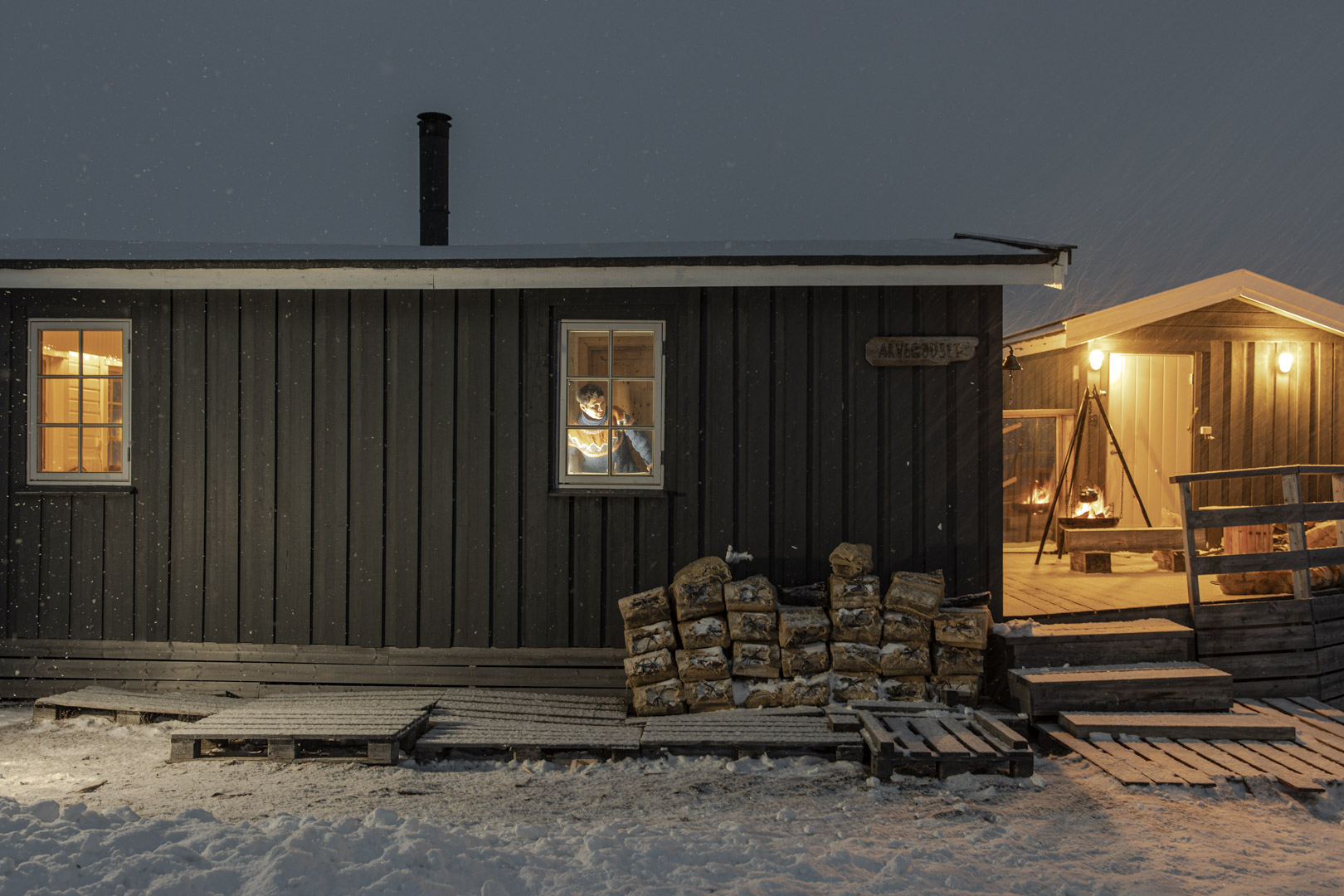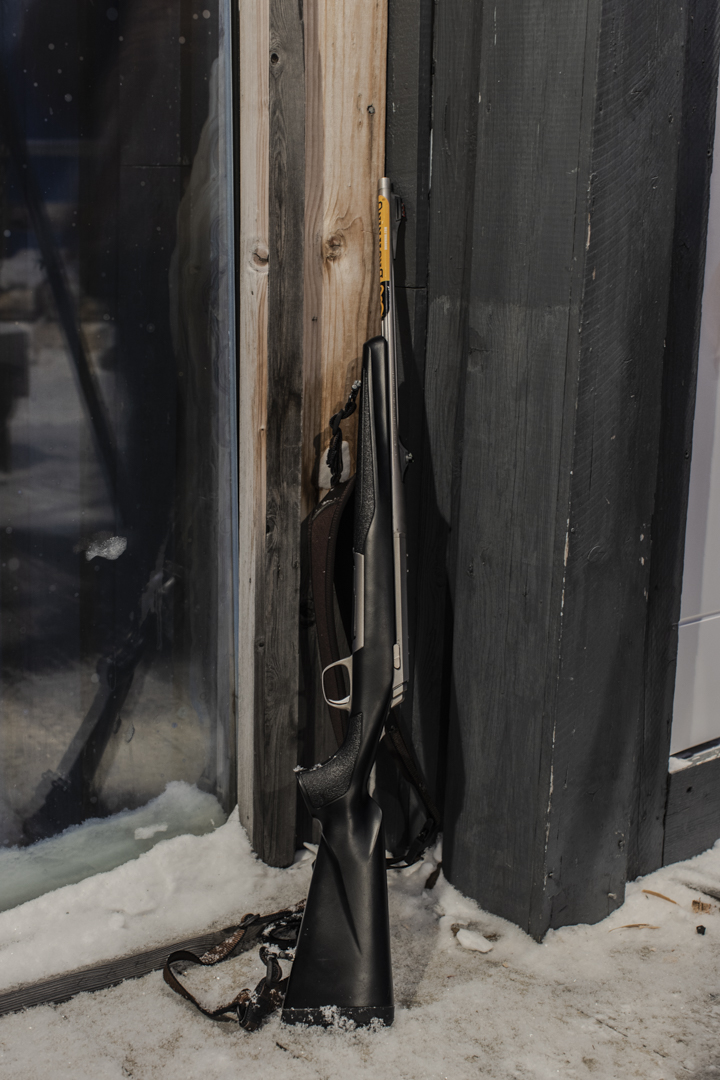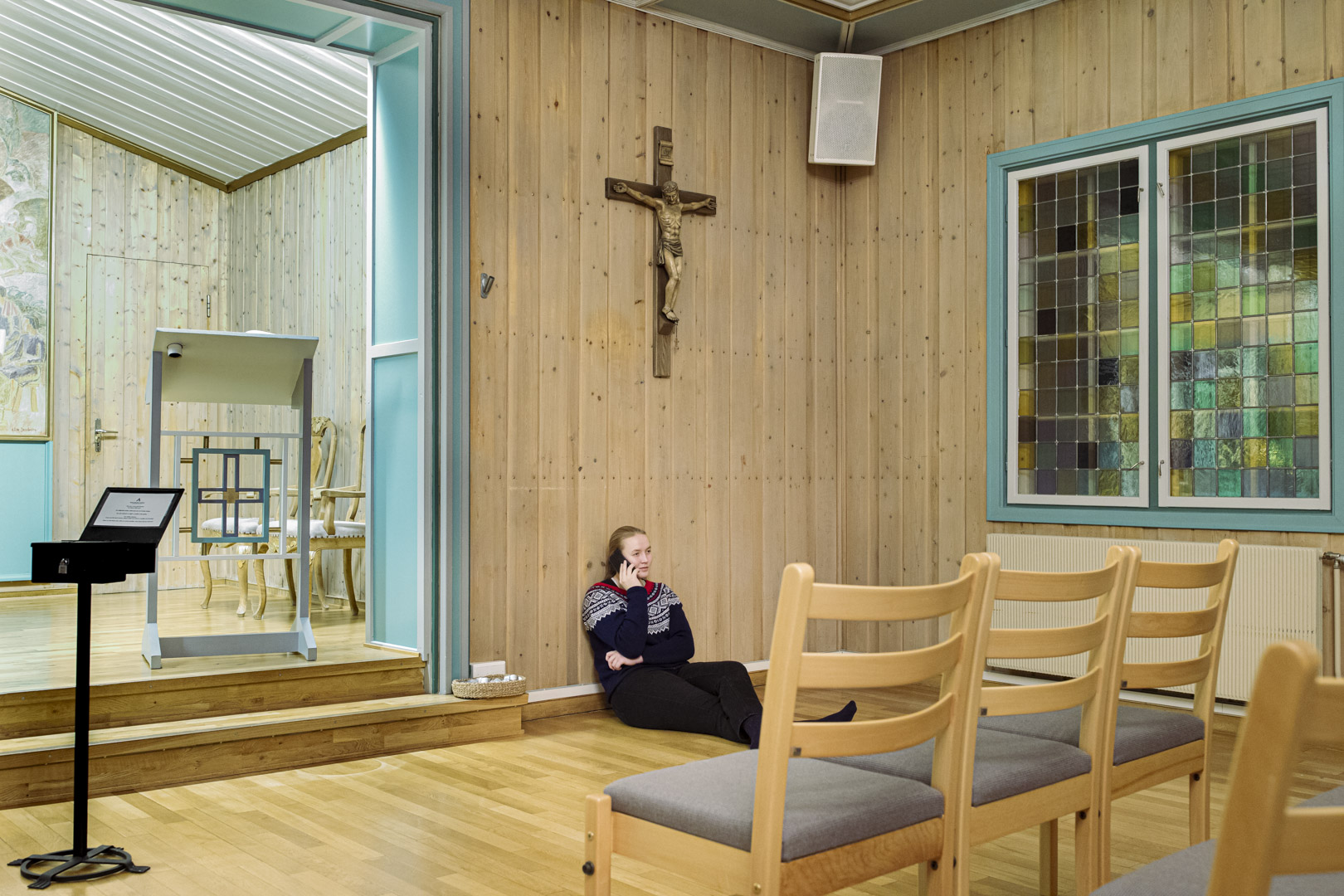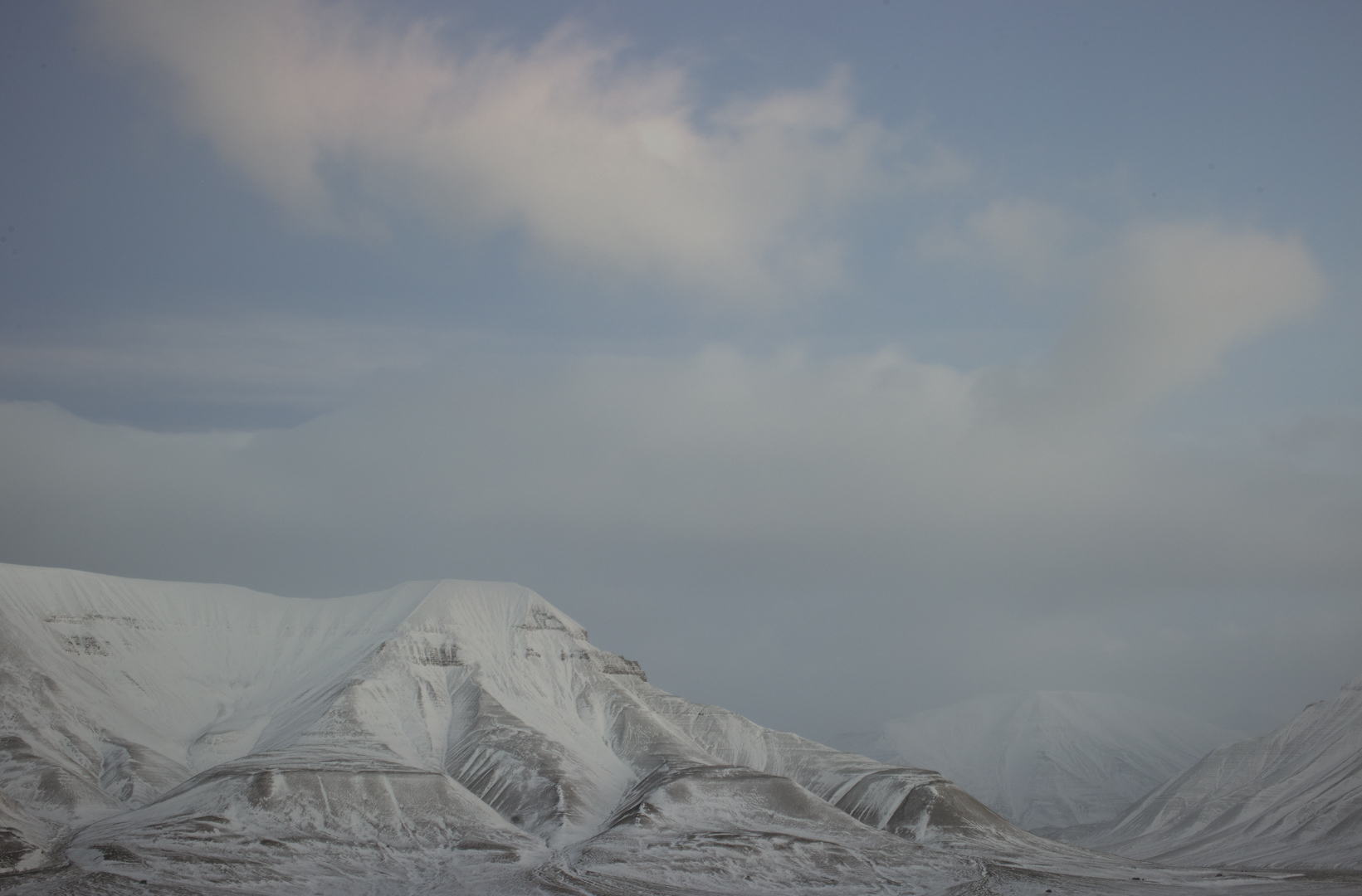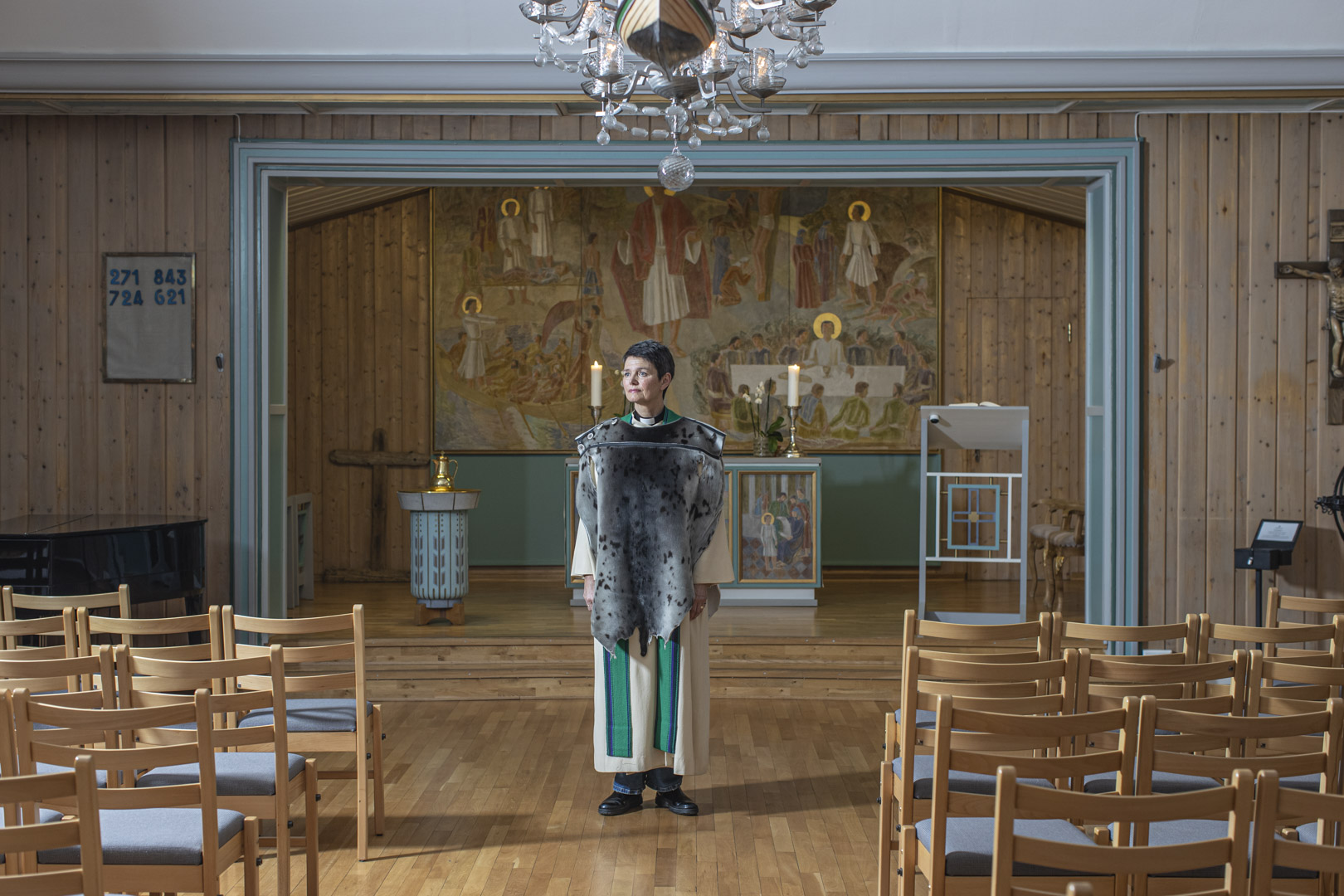A priestess under the Arctic Circle, 2022
It is not every day that people get to see a priestess strap on a rifle after celebrating mass. Nevertheless, this does not come as a surprise for the people of Longyearbyen the northernmost inhabited center in the world, in the Svalbard archipelago. A wild and inhospitable land, covered for the most part by ice and condemned, from mid-October to mid-February, to perpetual darkness where polar bears live in the wild and become a danger for humans.
Walking in deep snow, with ski goggles pulled down over her eyes to protect them from the gusts of wind, Siv Limstrand, priestess of the Longyearbyen church, and first woman to hold this position in the far-flung churches 100-year history, has to think about pressing problems. Her arrival in Svalbard in 2019 coincides with a hectic time of change for the isolated parish. In two years, the last coal mine still operating today in Longyearbyen will close to reduce CO2 emissions, ending a long history of mining in Norway and forcing the community to reinvent itself.
Exacerbating the climate of uncertainty in the archipelago is the great disquiet caused by climate change, which in the Arctic latitudes is proceeding twice as fast as in the temperate latitudes.
Opened around the clock, every day of the week, the church offers spiritual hospitality to everyone, regardless of religious denomination. Forty different nationalities and some followers of non-Christian religions attend the church in search of a moment of meditation or simply human warmth, a particularly precious commodity in this freezing land. Siv Limstrand improvises herself as a psychologist helping people through existential crises, which the current climate of uncertainty hovering over the archipelago’s future contributes to making deeper. People decide to move to this faraway heath to escape their inner monsters—forgetting that the most uncomfortable truths come to the surface more potent than ever in front of these endless expanses of ice.
